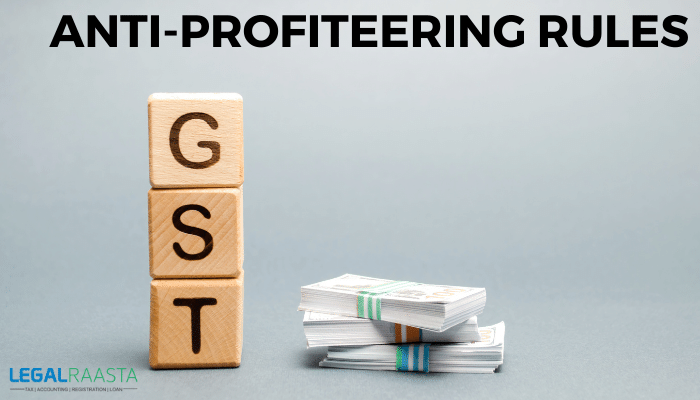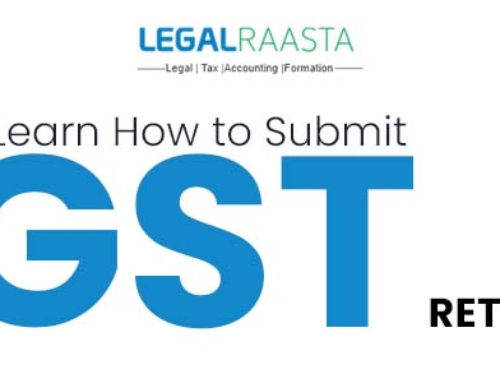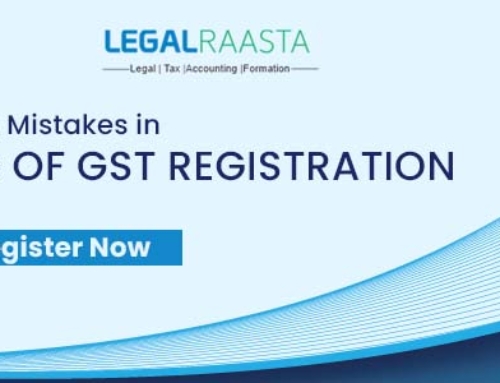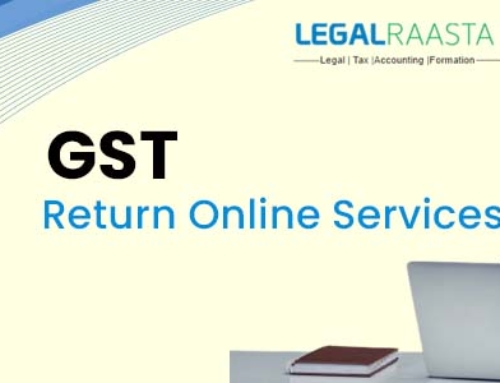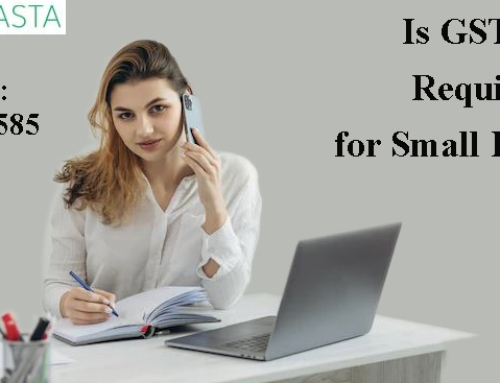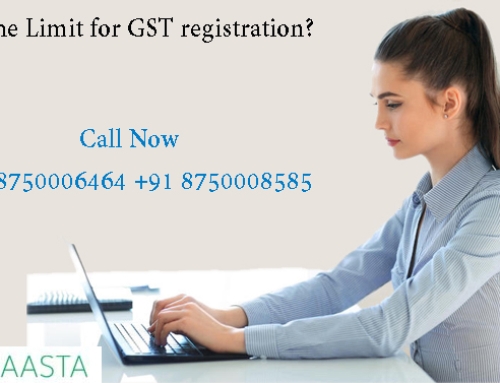As an anti-profiteering measure, it is required to pass on the benefit of a lower tax rate or an input tax credit to the customer. On June 18, 2016, the GST Council announced the anti-profiteering guidelines. Anti-profiteering rules are required, as evidenced by experiences learned from other nations, which reveal that inflation and price increases occurred following the establishment of the GST. Singapore, for example, experienced a spike in prices after implementing GST in 1994. After the advent of the Goods & Services Tax, it becomes even more vital for Indian authorities to keep track of prices.
India is following in the footsteps of many other countries by enacting anti-profiteering legislation at the retail level to protect customers from price gouging. The GST Act has been amended to include clause 171, which states that it is necessary to pass on the advantage of a lower tax rate or an input tax credit to the customer in the form of a price reduction.
The anti-profiteering rules boil down to this: –
- If the rate of tax on the supply of goods or services is reduced,
- Under GST, the benefit of the input tax credit is now available, and a registered person must pass on the benefit by lowering prices.
Detailed Analysis of Anti-profiteering rules
Contents
- Detailed Analysis of Anti-profiteering rules
- The benefit of Input Tax Credit
- The Anti-profiteering rules Authority
- Duties of the Authority
- Orders Passed by the Authority
- Constitution of the Standing Committee and Screening Committees
- Anti-profiteering rules Appointment, salary, allowances
- Secretary to the Authority
- Process
- Confidentiality of information
- Cooperation with other agencies or statutory authorities
- Power to summon persons to give evidence and produce documents
- Opinion
- But is it an easy task?
Section 171(1) makes it the recipient’s responsibility to pass on the GST benefit in the following two ways:
In the new tax regime, the tax rate is reduced.
For example, under GST, eating out has become less expensive (mostly 18 percent GST as compared to earlier 20.5 percent ). This advantage must be passed on to customers. It is not difficult to pass on the benefit of a lower tax rate in the event of tax-free supply or for immediate services. This is because the lower tax rate will be directly reflected in bills, and the recipient will profit from the lower rate. This can currently be seen in the examples of eating out and using app-based taxis (reduced by 1 percent ).
In the case of a supply contract that includes taxes, however, this provision will place the burden of proof on the supplier to reduce the price due to a decrease in tax rates. FMCG commodities, for example, are typically offered at MRP or other fixed prices by retailers. If the tax rate is reduced, the savings must be passed on to the end receiver. As a result, MRP or other prices set for such supplies will need to be revised.
If GST has a negative influence on costs, however, prices can be raised. For example, if the output supply was zero-rated under the previous regime and is still zero-rated under the GST regime, the business will not be eligible for an input tax credit. Prices will rise if tax rates are raised, a reverse charge tax is introduced, and so on. Domestic LPG, for example, was tax-free under the previous regime. They are now subject to a 5% GST. The price of cooking gas will rise as a result of this.
The benefit of Input Tax Credit
Almost every industry will be impacted by the better credit chain’s ability to pass on benefits. Except for industries with zero-rated output supply, most businesses, whether in the service sector, manufacturing, commerce, or any other industry, will benefit from a stronger flow of input tax credits.
Overall, anti-profiteering laws are expected to result in a drop in supply prices. Radio taxis, for example, could not previously match the input VAT on office supplies with the output service tax due. All input tax credits can now be offset against output tax. They pass on these advantages in the form of special offers and discounts. Similarly, several large retailers are offering GST deals and other offers in order to pass on the savings.
The Anti-profiteering rules Authority
The Authority will be made up of: (a) a Chairman; (b) four technical members (state/central tax commissioners). The Authority will decide the method and procedure for evaluating whether the seller has passed on the rate reduction or the benefit of the input tax credit to the buyer by lowering prices.
Duties of the Authority
- Determine if the supplier has passed on the lower tax rate or the benefit of the input tax credit to the buyer by lowering prices.
- Locate the taxpayer who has failed to pass on the benefit.
- Unless the Council recommends differently, the Authority will last for two years from the date the Chairman takes office.
Orders Passed by the Authority
- Price reductions
- Return to the buyer the amount of the benefit that was not passed on, plus 18 percent interest.
- Penalty payment and
- Registration cancellation
- Within three months after receiving the report from the Director-General of Safeguards, the Authority will issue an order.
- If interested parties request it in writing, they will be given the opportunity to be heard.
- The interest period will be computed from the time the larger amount is collected until the time it is returned.
- The money must be deposited to the Fund if the eligible person (i.e. the buyer) does not claim the refund or is unidentifiable. Interest is calculated from the time the larger amount is collected until it is deposited in the Fund.
Constitution of the Standing Committee and Screening Committees
- The Council will establish a Standing Committee and a state-level Anti-profiteering Screening Committee. 2. The Standing Committee will be made up of officers from the state and federal governments who have been selected by the Council.
- Each state will form a Screening Committee at the state level. It will be made up of:
- State government officer nominated by the Commissioner; and
- Central government officer nominated by the Chief Commissioner.
Anti-profiteering rules Appointment, salary, allowances
- The Central Government will appoint the Authority’s Chairman and Members based on the recommendations of a selection committee (constituted by the Council)
- The Chairman would get a monthly remuneration of Rs. 2,25,000 (fixed) plus additional benefits and allowances. If a retired official is appointed as Chairman, he will be paid Rs. 2,25,000 per month, less his pension.
- The Technical Member would be paid a monthly salary of Rs. 2,05,400 (fixed) plus group ‘A’ officer allowances. The pension amount will be deducted from a retired person’s salary.
- The Chairman and technical members will serve for two years from the date of their appointment, or until they reach the age of 65. He’ll be up for re-appointment in the future. If a person is 62 years old or older, he or she cannot be a Chairman.
Secretary to the Authority
The Secretary to the Authority will serve as the Additional Director General of Safeguards under the Board.
Process
- State-level screening committee –
- Screen the applications to be sure the supplier has not passed the benefit.
- Relevant cases will be passed to a standing committee.
- Standing Committee –
- Receive written application.
- Examine evidence that benefit has not been passed on.
- Within 2 months.
- Refer a case to Director-General.
- Director-General of Safeguards –
- Investigate
- Collect evidence
- Issue notice
- Complete within 3 months
Confidentiality of information
The parties will exchange information in a private manner. They might be asked to provide a non-confidential summary of the information. If the party supplying the information believes the information cannot be summarised, the party will provide a statement to the Director-General of Safeguards explaining why summary is not practicable.
If necessary, the Director-General of Safeguards may seek the advice of any other agency or statutory authority.
Power to summon persons to give evidence and produce documents
The Director-General of Safeguards, or an officer designated by him, will have the authority to summon anyone who is required to give evidence, present a document, or do anything else. He will also have the same powers as a civil court, and an investigation will be considered a judicial process.
Opinion
The rationale for such a provision is straightforward: wherever GST has been implemented, there has been an initial price increase that has lasted anywhere from six months to slightly over two years. The government has already issued a warning to firms that raids will be conducted.
But is it an easy task?
To do so, the entire manufacturing chain will have to be mapped and scrutinized, and vendors below a particular threshold may not have the paperwork that the authority requires. What, on the other hand, will the authorities investigate? Is there a significant price reduction if the taxon, say, simple printers is reduced?
However, the price of a component may have risen. It will entail an examination of the costs of all the components used in the creation of printers, as well as if each of the numerous components has seen an increase or drop in tax incidence, as well as what the component manufacturers have done.
Prior to the implementation of GST, Malaysia implemented anti-profiteering measures based on the net profit margin methodology: a typical profit margin was determined for each product on a base date, and any profit charged beyond this margin was considered excessive.
Australia followed a net dollar margin rule, which said that if the GST resulted in a $1 reduction in taxes and costs, prices had to fall by the same amount. In contrast, if costs rise by that much, prices may rise as well.
India lacks a defined system for determining whether or not passing on GST gains is suitable, acceptable, or compliant. While the goal of such anti-profiteering legislation is to safeguard the general public, the government should also ensure that honest taxpayers are not penalized.
Also Read,
NTR Bharosa Pension
Sale Deed – Complete Guide
CGST Rules: Chapter 5 – Input Tax Credit

